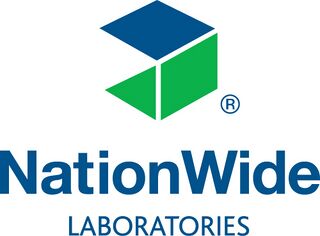Creatinine
| See also: | Creatinine in lizards |
Description
Creatinine is formed as a degradation product of creatine kinase, an enzyme mainly found in skeletal muscle. Its rate of production is proportional to the muscle mass of the animal and very muscular animals and entire male animals often have higher serum concentrations than others. It is filtered passively into the glomerular filtrate and it is not reabsorbed so the urine creatinine concentration can be used to standardise the concentrations of other metabolites in urine, as in the calculation of the urine protein: creatinine ratio (UPC) or urine corticoid: creatinine ratio (UCCR) for hyperadrenocorticism.
Clinical Significance
Elevations in serum creatinine concentration are most likely to occur with reductions in glomerular filtration rate (GFR) as occurs in renal failure. An elevated creatinine concentration with a raised urea concentration is termed azotaemia and this occurs almost exclusively with renal failure. In animals with chronic kidney disease, more creatinine may be excreted through the gastro-intestinal tract, reducing the apparent severity of the renal disease.
Creatinine may also be elevated in animals that have undergone recent muscle catabolism or myopathies but the concentration of creatine kinase (CK) should also be elevated in these patients.
The serum creatinine concentration may be reduced in animals with a reduced muscle mass.
Nationwide Laboratories Content
Creatinine is produced at a steady rate due to muscle catabolism and is not reabsorbed by the kidney tubules after filtration. It’s measurement provides an indirect assessment of the glomerular filtration rate (GFR). The relationship between the GFR and creatinine excretion is not linear; with creatinine levels of less than 180μmol/l (in the dog) there may actually be up to three quarters of the nephrons lost, thereafter even small further losses may result in substantial increases in creatinine levels. Unlike urea it is not markedly affected by any aspect of liver function or diet therefore the test is more specific for renal dysfunction.
Decreased levels of creatinine are infrequently encountered but may be associated with severe muscle wasting, and pregnancy (where increased cardiac output leads to increased GFR and creatinine clearance).
Small animals
Causes of increased creatinine
- Renal, pre renal and post renal azotaemia (see urea)
- Acute myositis or muscle trauma (with normal renal function the creatinine should be rapidly cleared from the circulation)
Complementary tests
GFR, SDMA, urea, phosphorus and urine specific gravity, which is essential when trying to differentiate renal and pre-renal causes (see urea).
Please visit www.nwlabs.co.uk or see our current price list for more information
Equine
Urea levels are influenced to a large extent by diet in horses making creatinine a more suitable guide to the GFR.
Causes of increased creatinine
- Renal, pre renal and post renal azotaemia (see urea)
- Newborn foals in first 12 hours of life falling to adult levels by 1-4 weeks of age
Complementary tests
Urea, phosphorus, urine SG and urine clearance ratios.
Please visit www.nwlabs.co.uk or see our current price list for more information
| This article is still under construction. |
